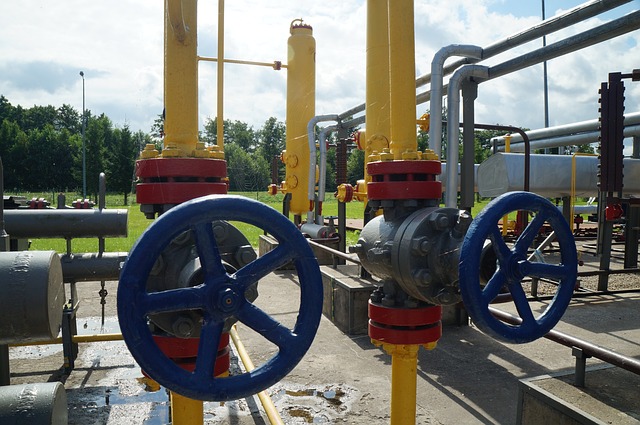May 10, 2023
The Middle East is set to spend as much as US$120 billion to increase gas production by 14 billion standard cubic feet a day (bcfd) to 86 bcfd by 2030, according to a new report by Wood Mackenzie, the leading provider of decision intelligence for the world’s natural resources sector.
The report ‘The Middle East steps on the gas’ states gas supply growth in the Middle East is a compelling opportunity given the competition to supply Europe with the volumes lost from Russia since the Ukraine invasion.
The expected uptick in production is equivalent to the gas consumption of the entire European power sector and could help energy companies solve the energy trilemma of sustainability, security and affordability.
Around half of the 14 bcfd increase will be made available for export, which could have a game-changing effect on the global gas markets, especially as the LNG liquefaction capacity in the Middle East keeps growing. The other half will be absorbed by domestic demand growth.
“The Middle East can be part of the solution for the global gas markets as the region continues to ramp up production from its gigantic gas reserves,” says Alexandre Araman, Principal Analyst for Middle East Upstream at Wood Mackenzie. “To fulfil the level of production growth that we have predicted, investments in non-associated gas projects are set to reach a record US$25 billion this year and a cumulative total of US$120 billion by the end of the decade.”
Qatar LNG exports should reach 126 million tonnes per annum (mmtpa) by 2030, while Abu Dhabi should be able to export 15.4 mmtpa after its new LNG facility comes onstream in 2028.
The report adds that for international companies, gas projects in the region present attractive opportunities. Gas accounts for barely 35% of their Middle East production mix but generates more than 70% of the value. Fifty per cent of the value figure is created in the global LNG powerhouse of Qatar by three companies: ExxonMobil, Shell and TotalEnergies.
Source: Wood Mackenize Release
Legal Notice: The information in this article is intended for information purposes only. It is not intended for professional information purposes specific to a person or an institution. Every institution has different requirements because of its own circumstances even though they bear a resemblance to each other. Consequently, it is your interest to consult on an expert before taking a decision based on information stated in this article and putting into practice. Neither Karen Audit nor related person or institutions are not responsible for any damages or losses that might occur in consequence of the use of the information in this article by private or formal, real or legal person and institutions.






